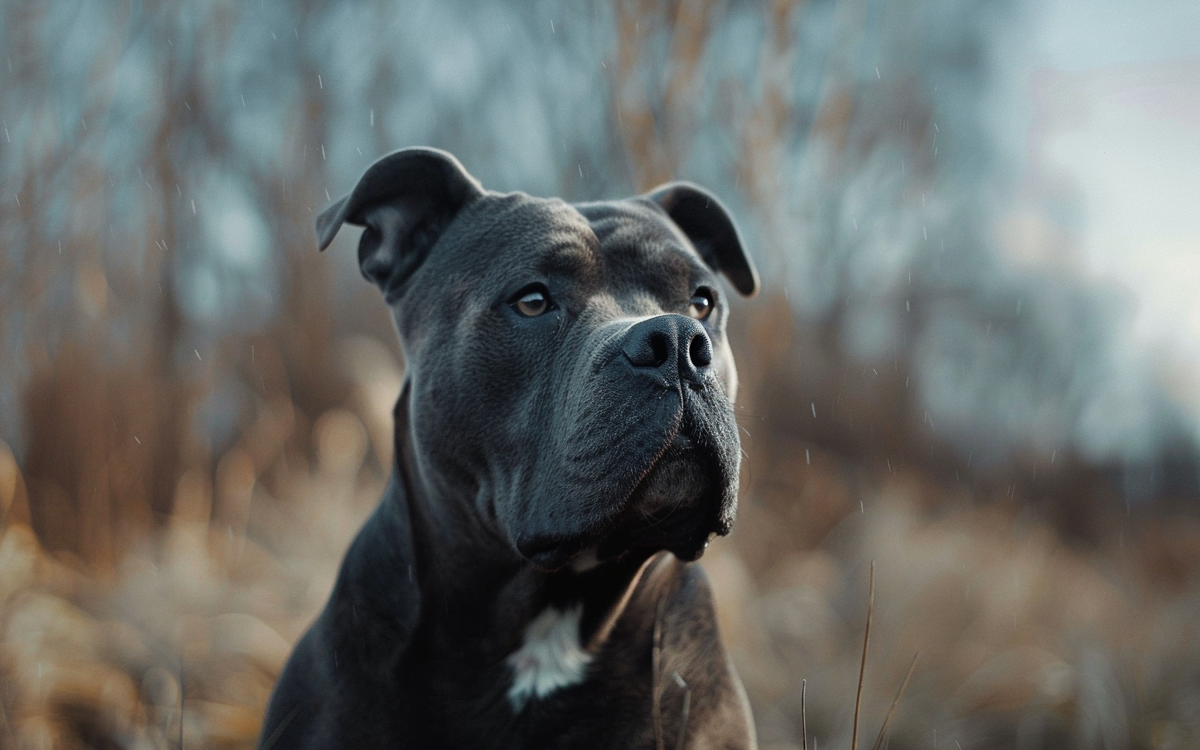Pitbulls are an informal breed of dog derived from bull-baiting dogs and terriers.They were bred largely for fighting purposes and can thus have an aggressive attitude towards other dogs. This animal-aggression is characteristic, to varying degrees, of terriers in general.
Introduction
Ever seen a dog with a big blocky head and a smile that could melt your heart? Chances are you were looking at some version of a “Pitbull.” But here’s the thing: there’s no single breed with that name! It’s a bit of a catch-all term for a few different breeds that share some traits.
Pitbulls are probably one of the most misunderstood dog types out there. You hear scary stories, see them on the news, and there might even be restrictions on them where you live. It’s enough to make any dog lover wonder what the truth is.
I’m here to tell you that Pitbulls, like any other dog, deserve a chance to be judged as individuals, not by bad reputations. So, if you’re ready to take a fresh look at these pups, let’s dive in!
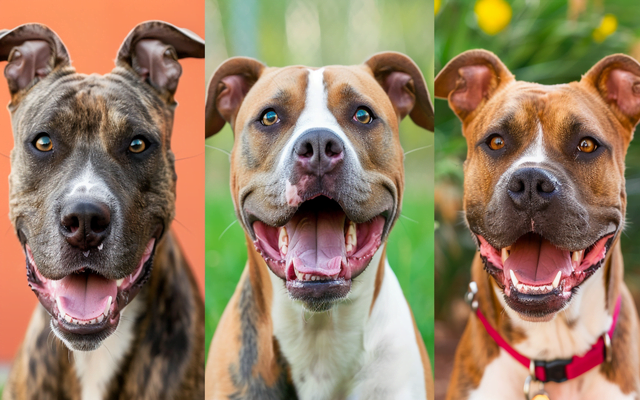
Understanding the Pitbull “Mix”
What exactly is a Pitbull?
Let’s get one thing straight: there is no dog breed called a “Pitbull.” The term is sort of like an umbrella, covering a few breeds that have similar features and a shared history. The most common breeds grouped under the Pitbull label are:
- American Pit Bull Terrier: The breed most readily associated with the name “Pitbull”
- American Staffordshire Terrier: A close cousin, sometimes a bit stockier
- Staffordshire Bull Terrier: The compact and muscular “Staffie”
- American Bulldog: While sometimes lumped into the group, these are generally larger with a different history
It’s important to know that not all dogs with blocky heads fall into this group, and even mixes might be mistaken for full-blooded Pitbulls.
Where Did These Breeds Come From?
Sadly, these dogs we love today have a harsh past. Their ancestors, originally from the UK, were called “bull-and-terriers” and were bred for horrific sports like bull-baiting and dogfighting. Thankfully those things are illegal now, but that history casts a long shadow.
But here’s the surprising bit – they weren’t always seen as aggressive! These dogs were actually used on farms as all-around helpers – herding livestock, catching rats, and even being gentle playmates for kids.

Dismantling the Myth Machine: Deconstructing Common Misconceptions
Myth #1: “Locking Jaws”
Let’s get this one out of the way, because it seems to pop up everywhere. The whole “Pitbulls have jaws that lock” thing is totally false! Their jaws are built just like any other dog’s. Sure, some of these breeds have a powerful bite, but it’s no different from other similar-sized dogs.
Think about it: if they actually had jaws that locked, how would they eat or fetch a ball? This myth has done real harm and just needs to go away.
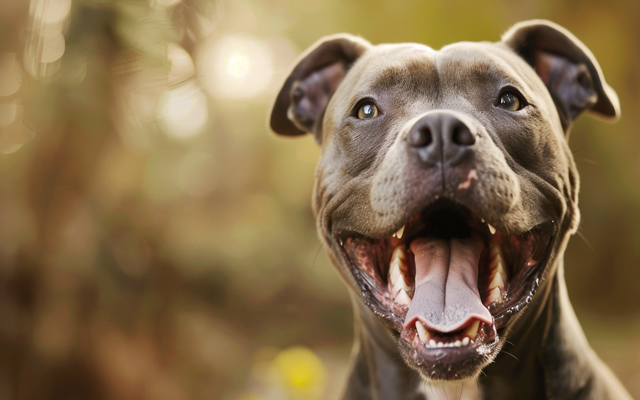
Myth #2: “Inherent Aggression”
This is another biggie, and it’s just plain wrong. Are there some individual dogs with aggressive tendencies? Yes, that’s true of any breed. But a Pitbull’s temperament is way more about how they’re raised and trained than anything in their DNA.
Just like with kids, if dogs are treated poorly, taught to fight, or never learn how to interact with people and other dogs, they’re going to have issues. A Pitbull raised in a loving home with proper socialization can be as sweet and goofy as any Labrador.
Myth #3: “Untrainable Beasts”
Couldn’t be further from the truth! Pitbulls are smart cookies, and like most dogs, they love to please their people. They thrive on positive training and actually excel in dog sports like obedience and agility.
The problem is some owners haven’t put in the effort or used harsh methods in the past. But that’s an owner problem, not a breed problem!
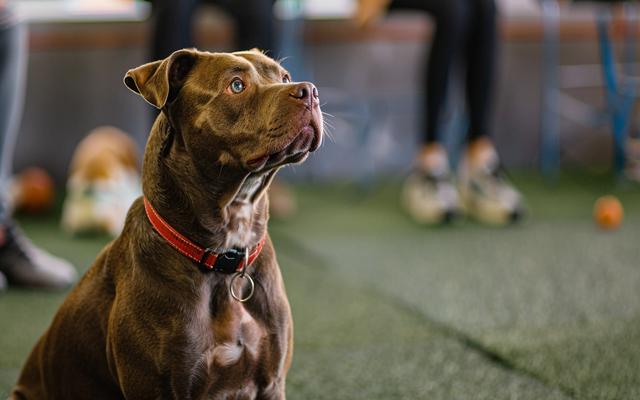
National Canine Research Council – provides science-based info on dog bites, breed bans, etc. https://nationalcanineresearchcouncil.com/
Beyond Companionship: Unveiling the Potential of Pitbulls
The Importance of Training and Socialization
I know this sounds like a broken record, but it’s the most important thing for Pitbulls – or honestly, any dog! Early puppy socialization with different people, dogs, and experiences is key to shaping a well-adjusted pooch.
Positive training helps them learn good manners, channel their energy, and build a strong bond with their owner. This is where those Pitbull smarts really shine through.
Working Wonders
Pitbulls aren’t just couch potatoes (though, they do love a good snuggle!). Their athleticism, intelligence, and drive make them fantastic working dogs. Here’s just a taste of what they can do:
- Search and Rescue: Their noses and determination make them great for finding lost people. Have you heard of stories where determined Pitbulls dug through debris after natural disasters to save lives? It’s amazing.
- Detection Work: The same sniffing skills can be used to sniff out drugs or explosives, helping to keep us safe.
- Animal-Assisted Therapy: The loyal and affectionate nature of many Pitbulls makes them perfect therapy dogs, bringing smiles and comfort to people in need.
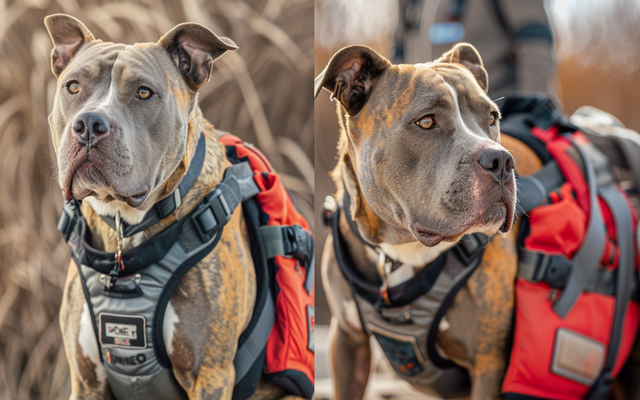
Do you have a story about a working Pitbull?
If you know someone whose Pitbull has a special job or is involved in therapy work, that would be a wonderful addition here! A real-life story goes a long way in showing readers what these dogs are truly capable of.
A Breed of Surprises: Unique Facts and Inspirational Stories
The “Nanny Dog” Legacy
Let’s address this one carefully. Once upon a time, Pitbull-type dogs actually had a reputation as gentle “nanny dogs” due to their patience with children. While it’s important to remember that any dog needs supervision with kids, there’s a kernel of truth here about their potential for loyalty and gentleness.
Of course, times change, and those old photos shouldn’t make us careless. Every dog is an individual and needs careful training, no matter how much they love their family.
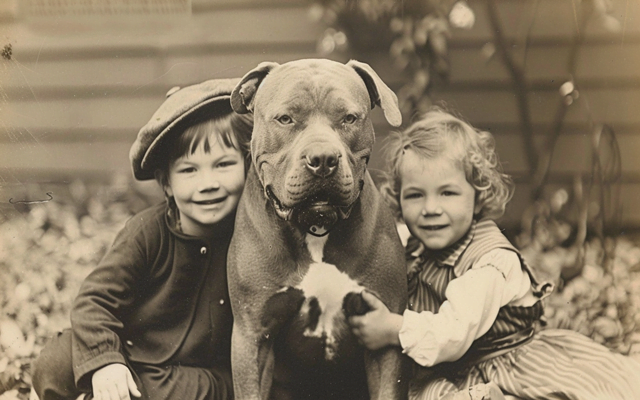
Beyond the Expected
Get ready to have your mind blown! Pitbulls aren’t just tough and loyal; they’ve got hidden talents:
- Artistic Streak: Search online for “painting Pitbulls,” and you’ll find some seriously talented pups who create abstract art with their paws and noses!
- Athletic All-Stars: Pitbulls excel in sports like weight pulling, showing off their amazing strength in a positive, competitive environment.
- Loyalty That Knows No Bounds: Stories abound of Pitbulls rescuing their families from danger, forming unshakeable bonds with their people, and showing a goofball side that’s simply irresistible.
The Power of a Story
Do you know of a shelter or rescue with a heartwarming Pitbull adoption story? Or perhaps a local hero Pitbull who made headlines for their bravery? These real-life examples are the best way to break down stereotypes.*
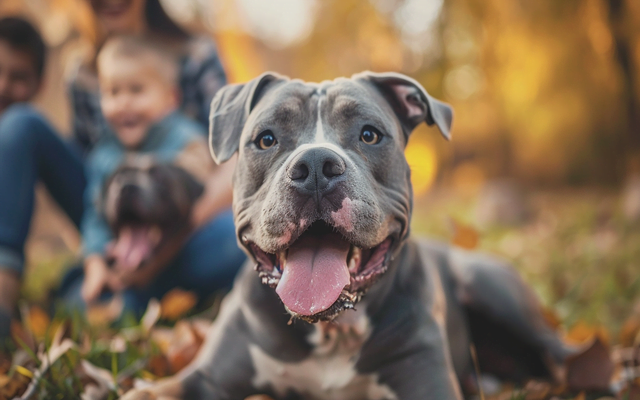
Conclusion
So, what have we learned? Pitbulls, just like any other breed, are a product of their environment and how they’re treated. They have the potential to be wonderful companions, athletes, working dogs, and even artists – if given the chance.
The next time you hear something negative about a Pitbull, I want you to remember the brave search-and-rescue pups, the gentle therapy dogs, and all the sweet, goofy Pitties out there just waiting for their chance to shine.
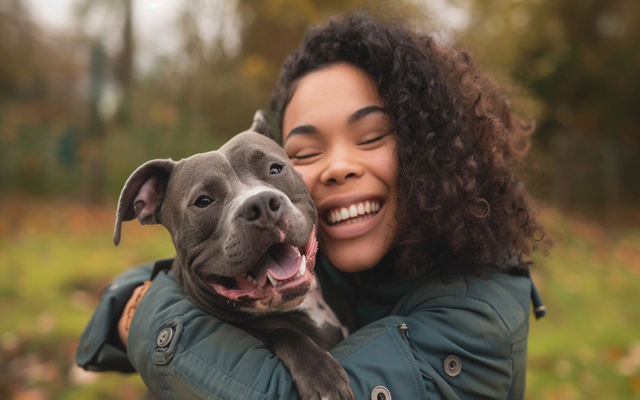
FAQs
Are Pitbulls good with children?
Like any dog, Pitbulls need proper socialization and supervision with kids. Their strong personalities can be overwhelming for small children. However, with responsible training and a loving home, many Pitbulls form incredible bonds with the children in their families.
Is there a scientific way to determine if my dog is a Pitbull?
Visual identification can be tricky, even for experts, as many mixed-breed dogs share similar traits. DNA testing is the most reliable way to determine a dog’s breed mix. However, remember that your dog’s breed label is less important than their individual temperament and training.
Can Pitbulls be trained for protection work?
While Pitbulls have a protective instinct and physical strength, training them specifically for protection work requires careful consideration and a highly skilled trainer. It’s essential to prioritize positive methods and responsible ownership if choosing to pursue this path.
What are the differences in temperament between American Staffordshire Terriers, American Pit Bull Terriers, and Staffordshire Bull Terriers?
While all three breeds share a common history, there are subtle temperament differences. American Pit Bull Terriers can be known for their high energy and confidence, American Staffordshire Terriers for their loyalty and athleticism, and Staffordshire Bull Terriers for their affectionate, playful personalities. It’s important to research each breed individually when considering one for your family.
My apartment complex/city has a ban on Pitbulls. What can I do?
Breed-specific legislation is a complex issue. Contact animal welfare organizations in your area for resources and strategies to advocate for change. Consider submitting a letter to your complex management or local representatives outlining your dog’s good behavior and positive temperament.

I’m Ashley Fowler and dogs have always been my companions from my earliest memories. Growing up, our family dog was my confidant, adventure buddy and sometimes partner in crime (sorry mom, about the chewed shoes!). That bond sparked a lifelong passion for learning about dogs – their unique personalities, their histories, and the special ways they fit into our lives. MDogsW is my way of sharing that passion and hopefully helping others experience the joy of finding their perfect puppy. When I’m not researching dog breeds, you can usually find me hiking with my trusty Beagle by my side or curled up with a cozy blanket, a cup of tea, and a stack of dog breed books.

